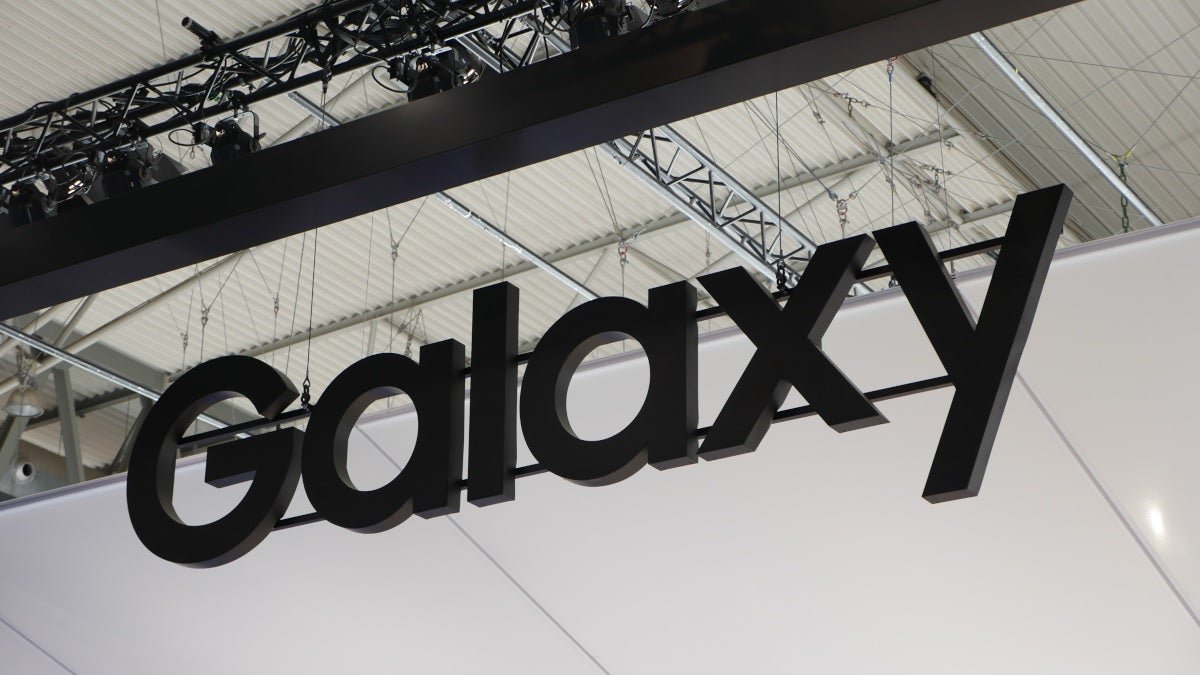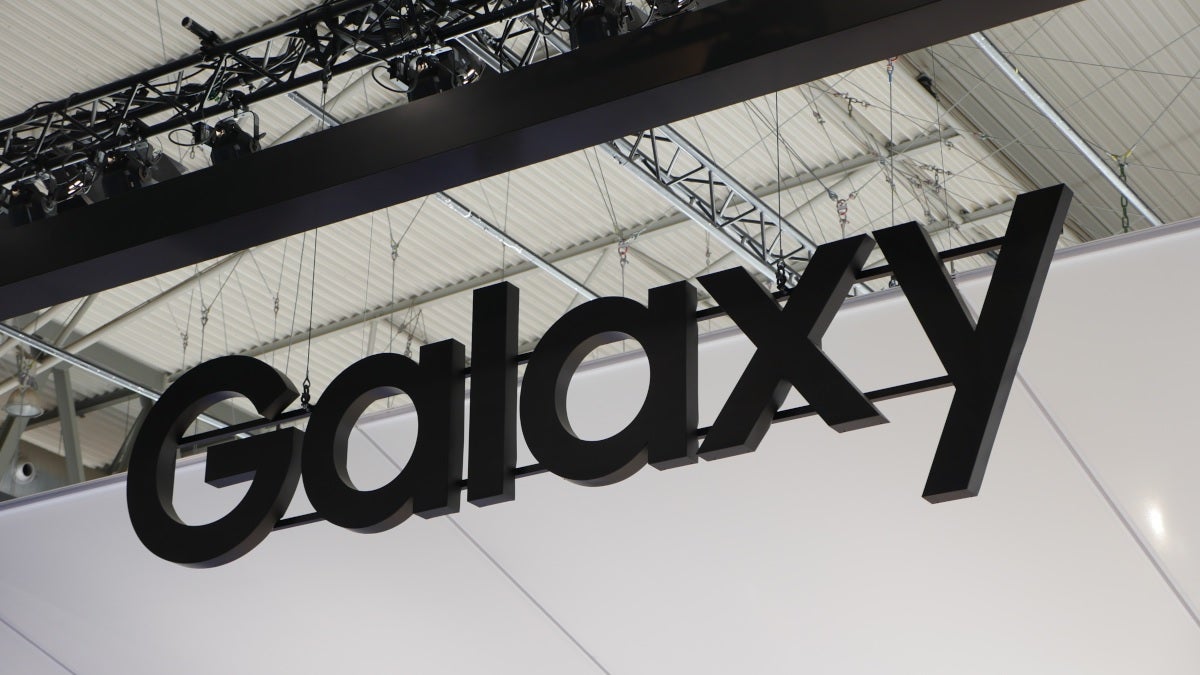
Galaxy S26 Ultra’s OLED display will be brighter using technology that reduces battery consumption

Without bulky polarizers to control the light emitted by OLED pixels, the screen is thinner and more flexible. In addition, the technology uses a black Pixel Define Layer (PDL) that prevents light from being reflected inside the panel. All of these changes allow more light to pass through the display, resulting in brighter images and greater energy efficiency. Thus, less power is required to increase the brightness of an OLED display.
New OLED technology removes polarizing plates and improves energy efficiency by 25%. Image courtesy of Samsung
Converting to black PDL requires replacing the orange photosensitive polyimide (PSPI) with a black material. PSPI material is known to transmit light between the red, green and blue subpixels, which can reduce contrast and color accuracy. Black PDL absorbs stray light, reducing light leakage, which helps create deeper blacks, improving contrast ratio. In addition, the color filter (CF) is printed at low temperature on a thin film encapsulation (TFE) layer.
Samsung first used CoE technology in the foldable OLED display of the Galaxy Z Fold 3. The use of this technology in the Galaxy S26 Ultra will make the latter an all-in-one phone with an OLED panel with CoE technology. At this stage, it is unclear whether the Galaxy S26 and Galaxy S26+ will also use CoE OLED displays.
2025-01-09 00:49:47